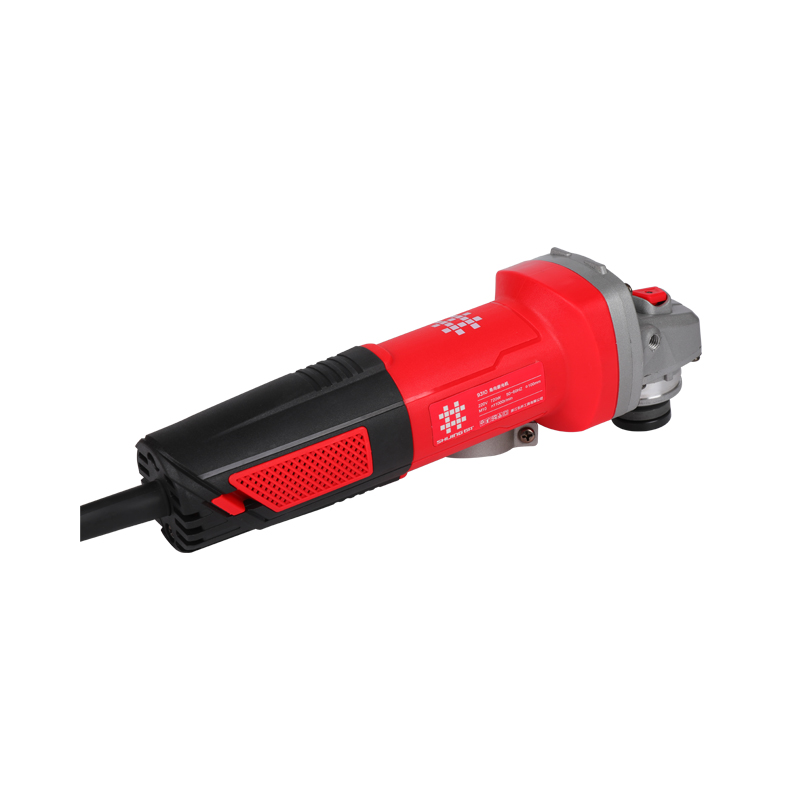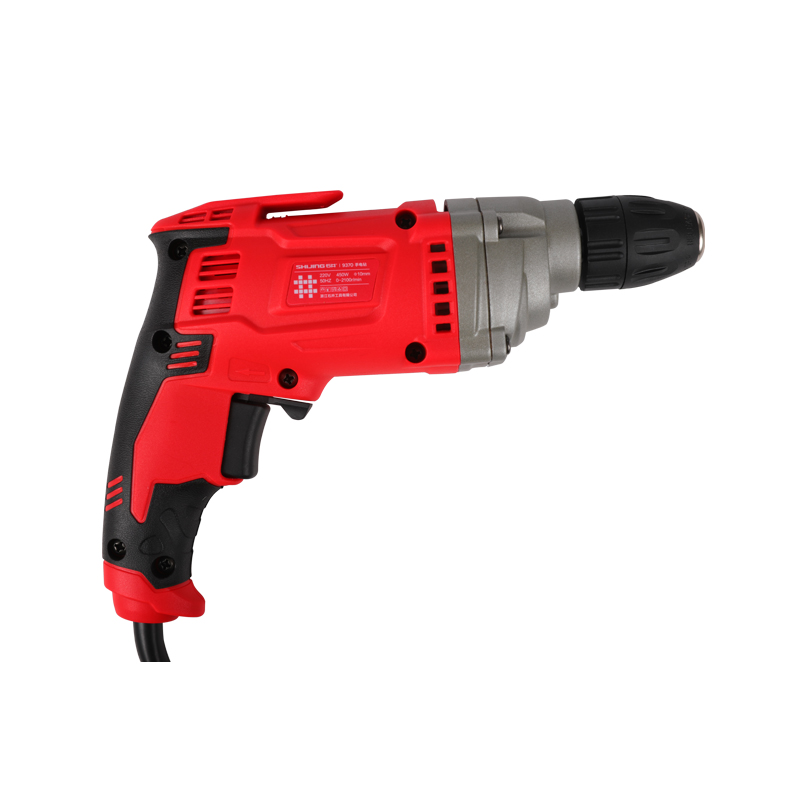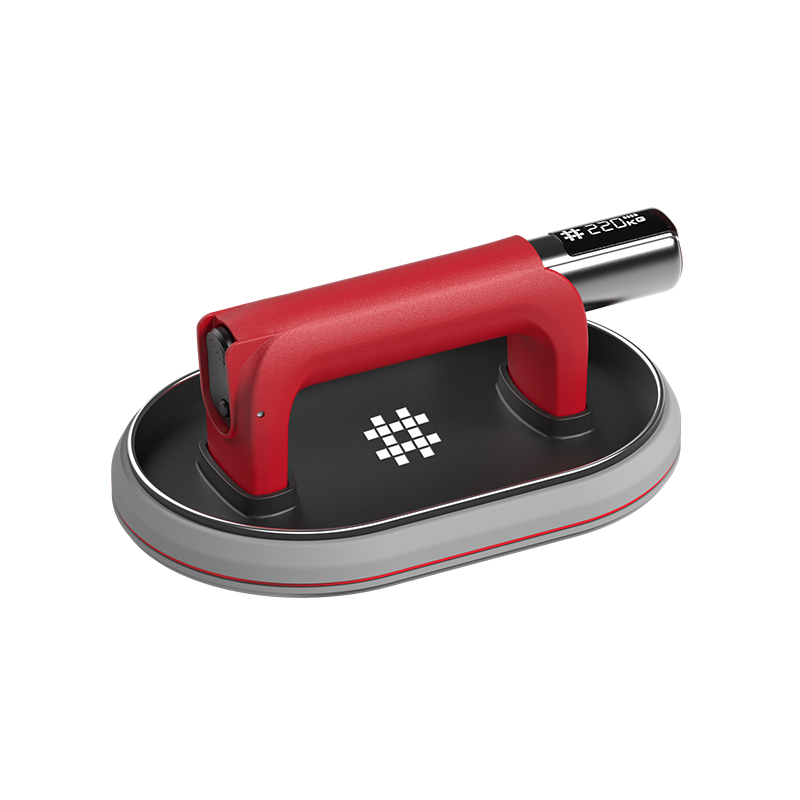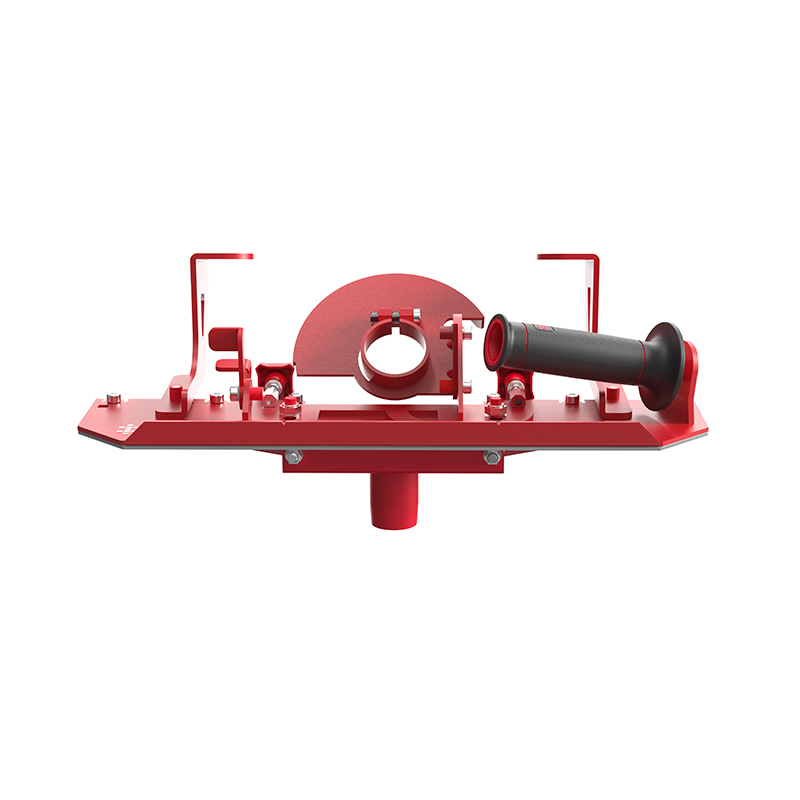You can learn the recent information of Shijing.
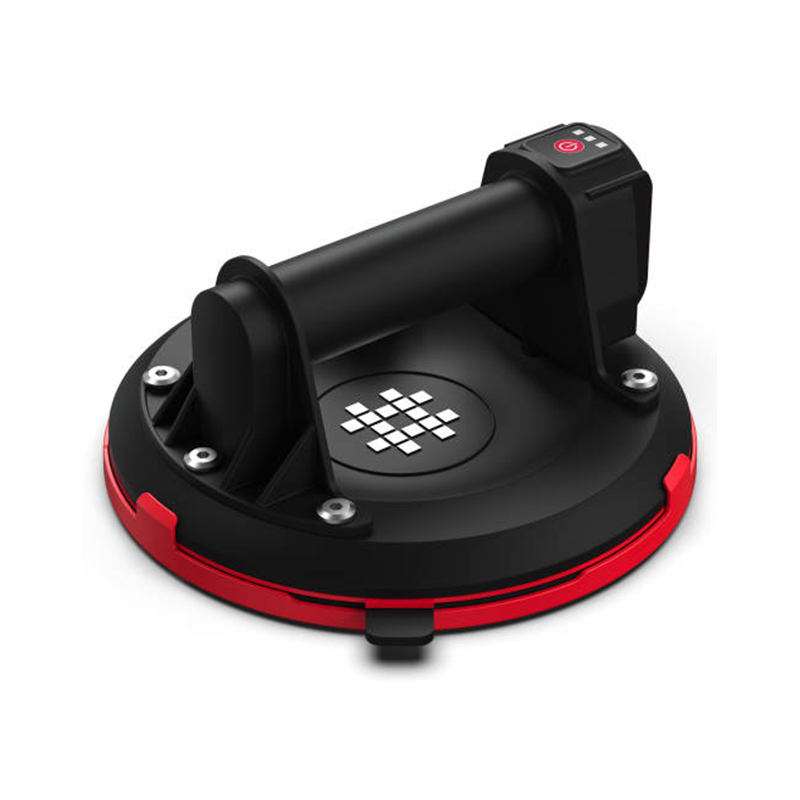
How do vacuum suction cups stick to surfaces?
A Vacuum Suction Cup works based on the principle of pressure difference. When the cup is pressed against a smooth surface, air inside the cup is partially expelled. This creates a lower pressure inside the cup compared to the atmospheric pressure outside. The higher outside pressure then holds the Vacuum Suction Cup tightly against the surface. Instead of relying on glue or fasteners, the grip is created by physics, making the Vacuum Suction Cup useful for temporary attachment and easy removal.
How much weight can a Vacuum Suction Cup support?
The weight capacity of a Vacuum Suction Cup depends on its diameter, material, and the surface it is applied to. In theory, even a small cup can support several kilograms because atmospheric pressure is strong. For example, a Vacuum Suction Cup with a 2 cm diameter could potentially support more than 10 kg under ideal conditions. However, in real-world use, factors such as surface smoothness, cleanliness, and cup quality reduce this number. Industrial-grade Vacuum Suction Cups are designed to handle larger loads and are commonly used in glass handling, sheet metal lifting, and automated robotic systems. For safety, it is always recommended to check manufacturer specifications and avoid pushing the suction cup beyond its tested limits.

Do suction cups work on dirty or oily surfaces?
In general, a Vacuum Suction Cup performs on clean, dry, and nonporous surfaces. Dirt, dust, or oil can break the airtight seal needed for suction. On a dirty or oily surface, the Vacuum Suction Cup may lose grip quickly. To improve adhesion, the surface should be wiped clean before application. Some specialized designs of Vacuum Suction Cups, made from materials resistant to oil or equipped with unique sealing lips, can work better in oily environments such as machine shops or automotive assembly lines. Still, regular cleaning remains the way to ensure reliable performance.
How can suction cups adhere to textured surfaces like tile or glass?
Traditional suction cups struggle on textured or uneven surfaces because air leaks through the gaps. However, modern Vacuum Suction Cups often include flexible sealing edges or bellows-shaped designs that can adapt to slight irregularities. On textured tile or patterned glass, a soft rubber or silicone Vacuum Suction Cup can deform slightly to fill in small grooves, creating a better seal. For highly uneven surfaces, oval-shaped or multi-bellows Vacuum Suction Cups are recommended, as they provide more surface contact and compensate for irregularities. This makes them suitable for industries where materials are not always perfectly smooth.
A Vacuum Suction Cup is a simple yet effective tool that relies on air pressure to attach securely to surfaces. It can support impressive loads relative to its size, but its performance depends on surface conditions and cup design. On clean and smooth surfaces, a Vacuum Suction Cup offers strong holding power. On oily or textured surfaces, specialized versions are available to improve grip. By understanding how a Vacuum Suction Cup works and choosing the right type for the task, users can achieve reliable and safe results in both household and industrial applications.
 English
English 中文简体
中文简体 русский
русский Español
Español Deutsch
Deutsch
.jpg)

.jpg)
.jpg)

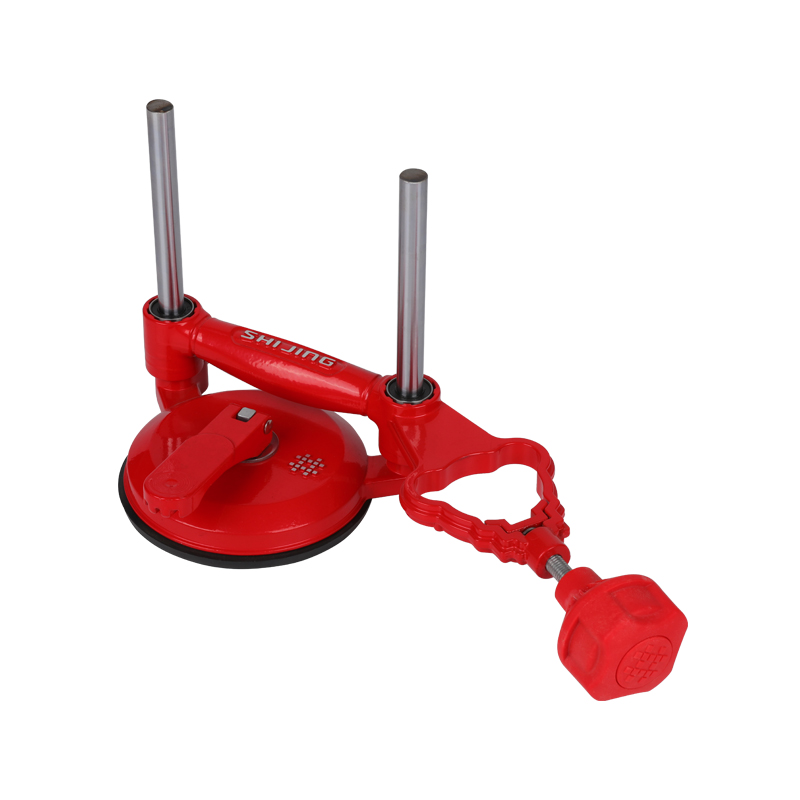
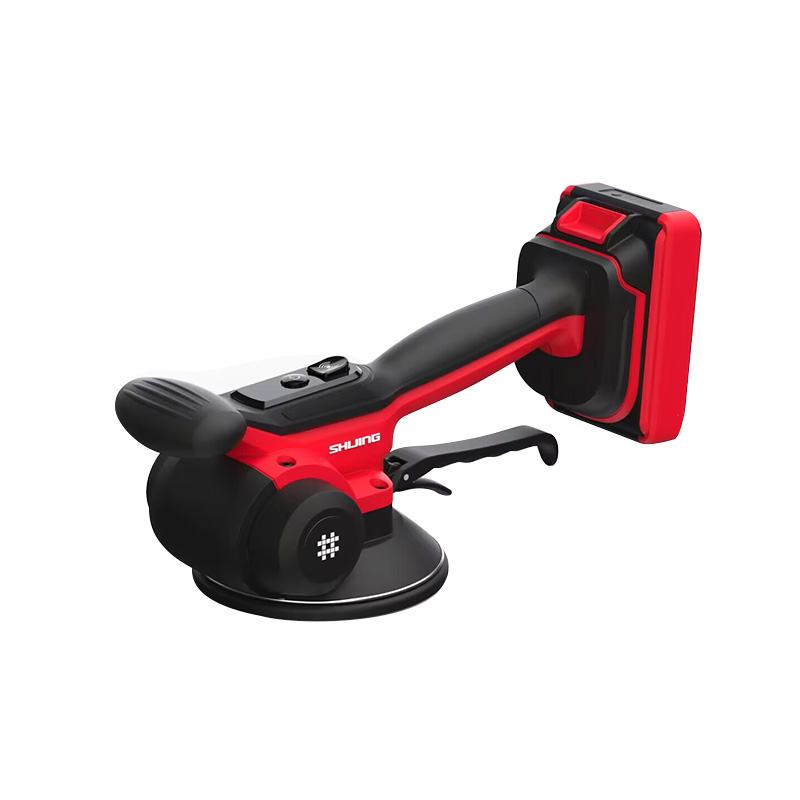
-2.jpg)
.jpg)
-3.jpg)


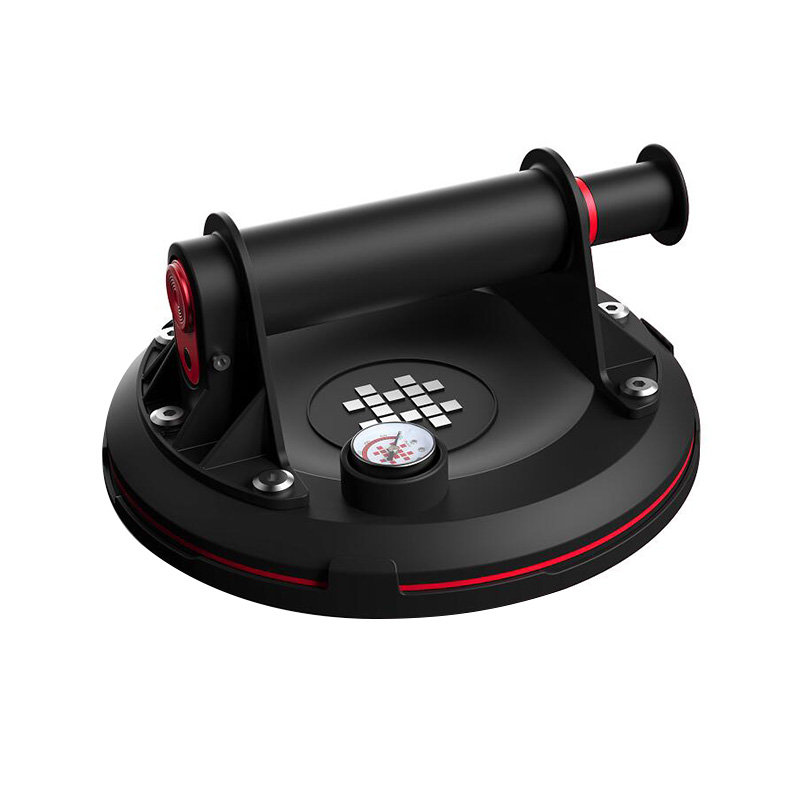
.jpg)
.jpg)


